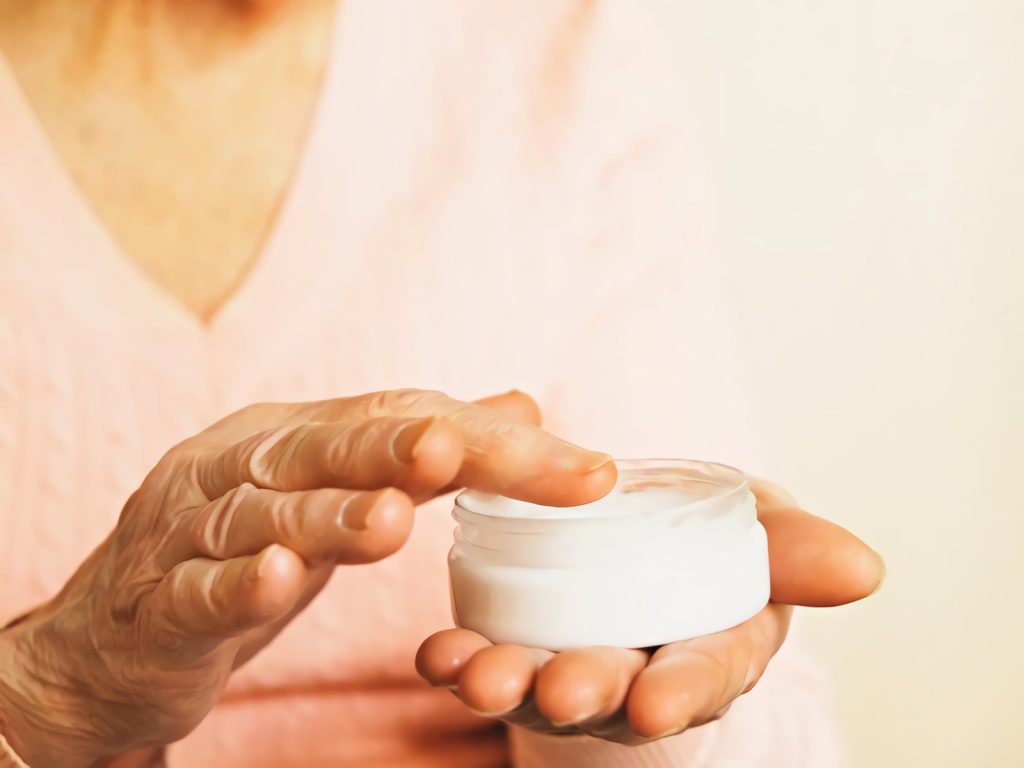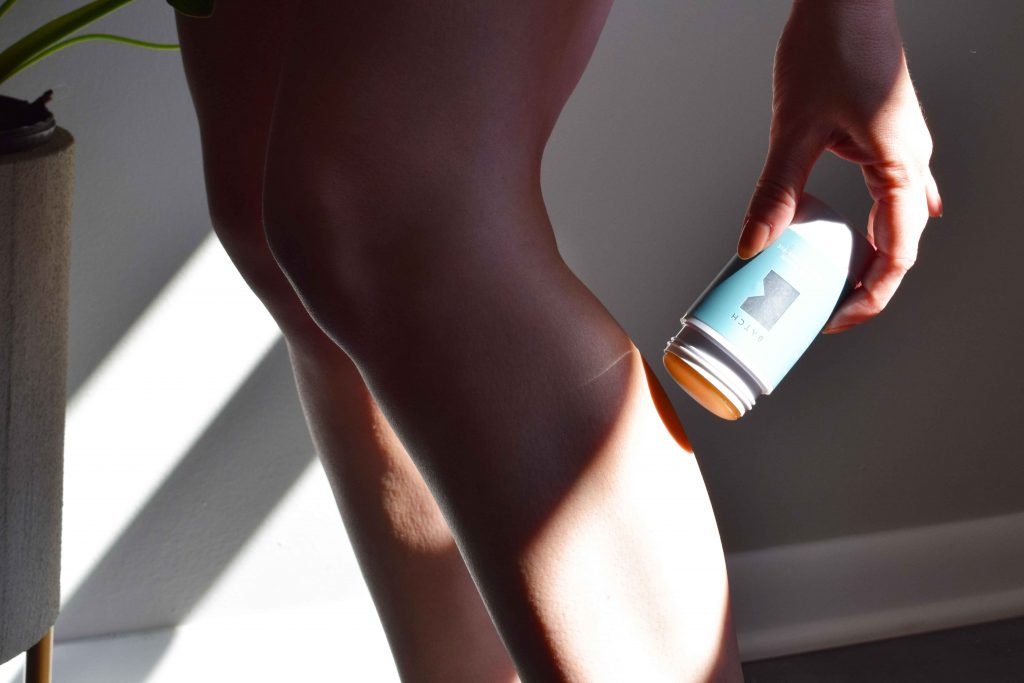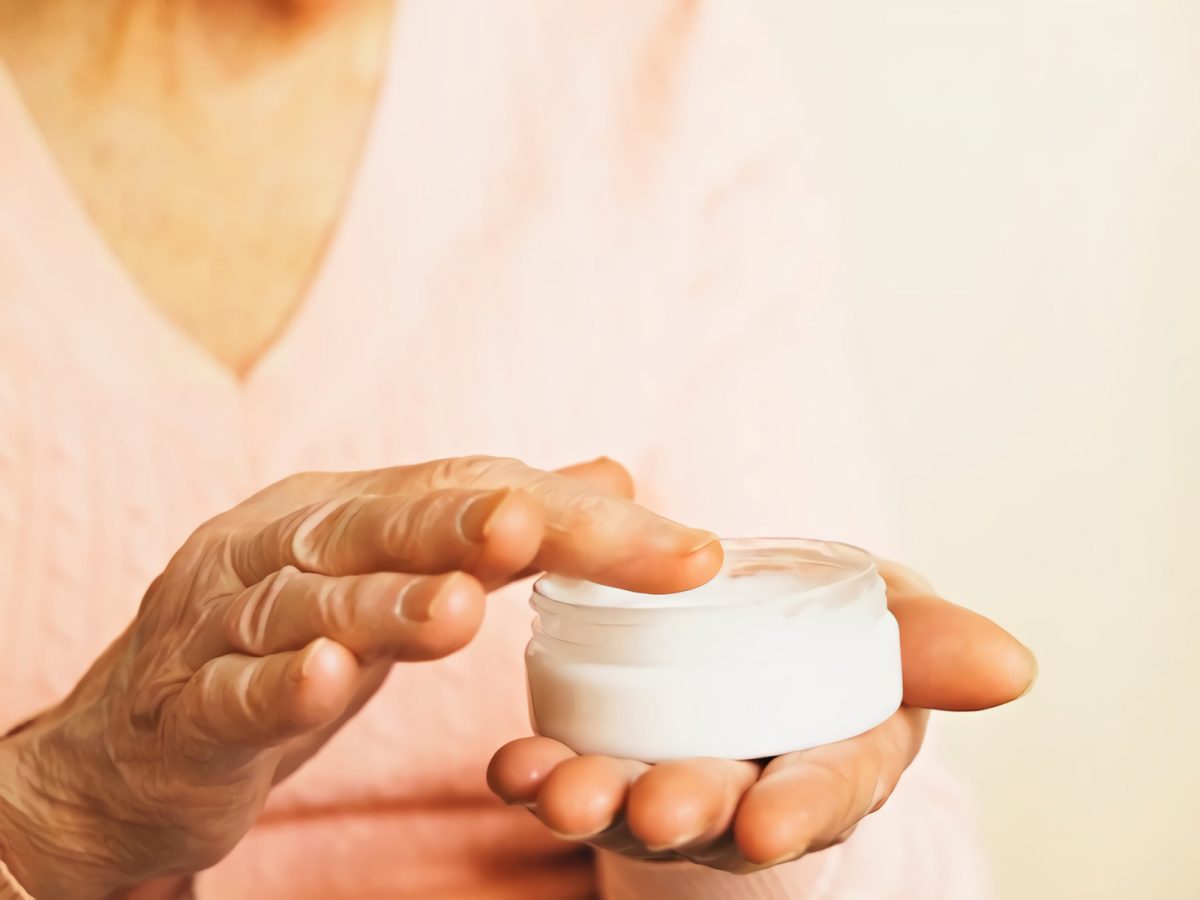
Table of Contents
- Types of Pain Treated with Topicals
- Major Topical Ingredient Groups
- Forms of Topical Pain Treatments
- What Conditions are Topical Creams Used For?
- Applying the Topicals
Does a topical cream for pain work? Painkillers rubbed on the skin are called topical analgesics and are often successful at easing localized pain. There are many over-the-counter topical products available today that contain different pain-reducing ingredients. Having a basic understanding of the types of topical pain products is important to help you choose the right one.
Types of Pain Treated with Topicals
There are numerous types of topical pain creams used today to address localized pain. The work on different types of pain. Following are three common types of pain.
- Neuropathic pain
This is pain caused by an infection or injury to the nerves that transmit signals from the skin, muscles, and other tissues to the spinal cord and brain. The pain is frequently described as a shooting pain because the pain signals travel along the nerves in the Central Nervous System. A topical cream easing diabetic neuropathy pain is addressing neuropathic pain.
- Nociceptive pain
The most common type of pain, nociceptive pain is caused by any harm to the body, including skin, bones, muscles, and other tissues. Nociceptors can detect pain due to thermal damage (like a burn or exposure to extreme cold) or contact with a hazardous chemical. It can also involve inflammatory pain. The topical pain creams are addressing somatic pain which is when the tissue’s pain receptors are activated, like a headache or skin abrasion or cut.
- Mixed pain
This type of pain is a mixture of neuropathic and nociceptive pain.
Major Topical Ingredient Groups
Pain topicals can be divided into four major groups.
- Salicylates – This is a group of chemicals that are made from salicylic acid. They work by blocking nerve signals so have a mild anti-inflammatory effect. This is the same substance that aspirin contains.
- Capsaicin – Capsaicin is a compound that is found in chili peppers. It is what makes a pepper taste spicy and hot. This natural compound is used in topical creams and gels because it reduces the neurotransmitter’s ability to send pain signals to the brain.
- Anesthetics – Lidocaine is one of the popular over-the-counter topical creams and gels that works as a local anesthetic. Anesthetics are numbing medicines that work by blocking nerve signals.
- Counterirritants – Some topicals contain a mixture of ingredients designed to work together to reduce the ability to feel pain. This group of creams and gels distract you from pain. They include products that may produce an icy and hot feeling. An ingredient like menthol creates a cooling season by decreasing blood flow which in turn makes the brain think the skin temperature is dropping. The cooling sensation desensitizes nerve endings. When menthol is mixed with methyl salicylate, for example, you get the double action of cooling and anti-inflammation.
Forms of Topical Pain Treatments

Topical pain treatments are available in many forms. They include the following.
- Creams
- Gels
- Ointments
- Transdermal patches
- Lotions
- Sprays
- Foams
- Liquids
The topical pain treatments contain a variety of ingredients, and you need to match the product to the type of pain. For example, the Arthritis Foundation recommends using topical NSAIDs when people are unable to take oral NSAIDs for arthritis pain and joint stiffness. The gels, liquids, and patches contain diclofenac, a type of nonsteroidal anti-inflammatory drug. Voltaren was once prescription-only but is now available over-the-counter.
A medical research study found that NSAID topical analgesics containing a mixture of diclofenac and ketoprofen and rubbed on the skin for 6-12 weeks reduced pain in half of the participants. For people suffering from shingles pain, a topical with a high capsaicin concentration reduced pain for half of the people. Strains and sprains responded to topicals like a diclofenac emulgel, ketoprofen gel, and piroxicam gel.
A transdermal analgesic patch is also available over-the-counter. The patches deliver a topical analgesic in a controlled manner over a period of time. However, the disadvantage is that local skin irritation or sensitization may develop. The variety of products in various forms contain active ingredients that have proven so far to be the most effective. They include lidocaine, methyl salicylate, capsaicin, and menthol.
What Conditions are Topical Creams Used For?
Topical pain gels and creams work best on acute localized pain rather than chronic pain. They are also most effective for mild to moderate pain. Typically, the topical painkiller is used for conditions like the following.
- Joint conditions like osteoarthritis and rheumatoid arthritis
- Bursitis
- Ligament sprain
- Tendon or muscle strain
- Fibromyalgia
- Headaches
- Some skin conditions like psoriasis
- Burns
- Diabetic neuropathy
The application of the topical cream depends on where the pain is localized. For example, a topical headache treatment with a capsaicin cream would require dabbing a small amount in the nostrils. A cream for fibromyalgia pain is applied to the area where the pain is originating.
Applying the Topicals
You should ask your doctor to recommend an over-the-counter topical pain cream based on the source of your pain. At first, apply a small amount to a small area to make sure there are no adverse reactions. Millions of people get pain relief from using topicals for localized pain. If an over-the-counter topical does not work, then your doctor may recommend a prescription-strength product.
